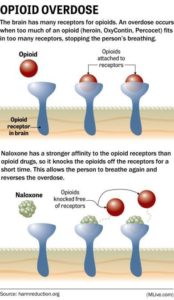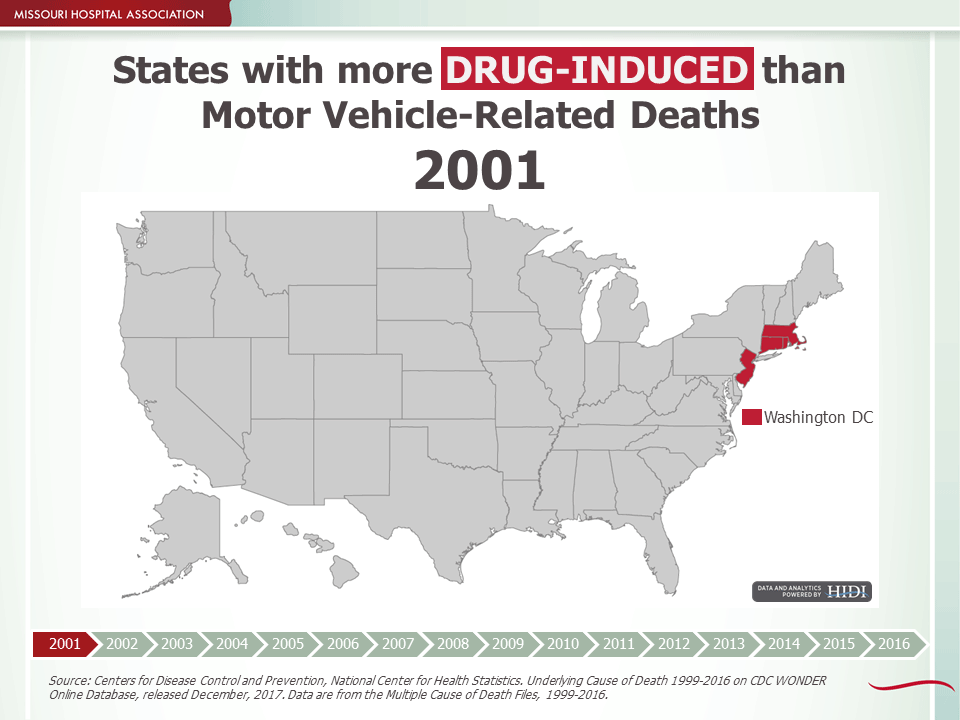
Every day in the United States an estimated 183 people die from drug overdoses, and such deaths are surely under reported; the number of fatalities exceeds the number from motor vehicle accidents and gunshot wounds combined.
We are in the midst of an opioid epidemic and continue to lose ground in terms of the annual number of people who overdose and die and the ever-growing sale of these substances, legal and illegal.  Opioid drugs are either natural derivatives of the poppy plant (such as opium and morphine) or drugs synthesized to occupy the same brain receptors (such as OxyContin, Vicodin, Percodan, and fentanyl) and thus to produce the same desired effects, as well as potentially fatal effects.
Opioid drugs are either natural derivatives of the poppy plant (such as opium and morphine) or drugs synthesized to occupy the same brain receptors (such as OxyContin, Vicodin, Percodan, and fentanyl) and thus to produce the same desired effects, as well as potentially fatal effects.
The greatest problem (as well as utility) with opioid drugs (and other drugs) is that they are immediately effective in relieving human physical and psychic pain and delivering surcease from the existential miseries and ennui that life can produce. Addiction is a chronic, relapsing brain disease, fostered and amplified by psychological and social forces. However, the biological and behavioral drivers of addiction have not been the primary focus of efforts to reduce the use and illegal sale of drugs and associated deaths. Instead, since the early 1900s, U.S. policies and practices have pursued two principal—and failed—approaches.
Barriers to Solving the Epidemic
The two principal, enduring, and failed approaches to reducing psycho-active drug use and dependence in this country are supply-side and demand-side approaches.
Supply-side approaches involve ongoing, futile, and hugely expensive efforts to control the use of drugs. Tactics include crop control, border interdiction (although fentanyl can be bought on the “dark web”), and police and correctional hardline and ideologically driven efforts. Examples include Prohibition and Nixon’s war on drugs. Supply-side approaches seem to have attracted renewed attention in Washington today. Such approaches have disproportionate effects by class and race, with greater negative impacts on the poor and people of color.
On the demand-side are continuing messages to the American public about the evils of drugs and the consequences of drug use, including claims that drug use “will kill you”. This particular demand-side approach is also a useless and ideologically driven dead end. In fact, this strategy is known to backfire with youth, who often respond to risk with bravado and seek out what in fact can destroy their brains, bodies, and future lives.
Two gripping documentaries depict the opioid epidemic and its sad consequences for families: Warning: This Drug May Kill You, an HBO production, and The Opioid Effect: Inside Pennsylvania’s Heroin Epidemic, a three-part Vice Media series.

